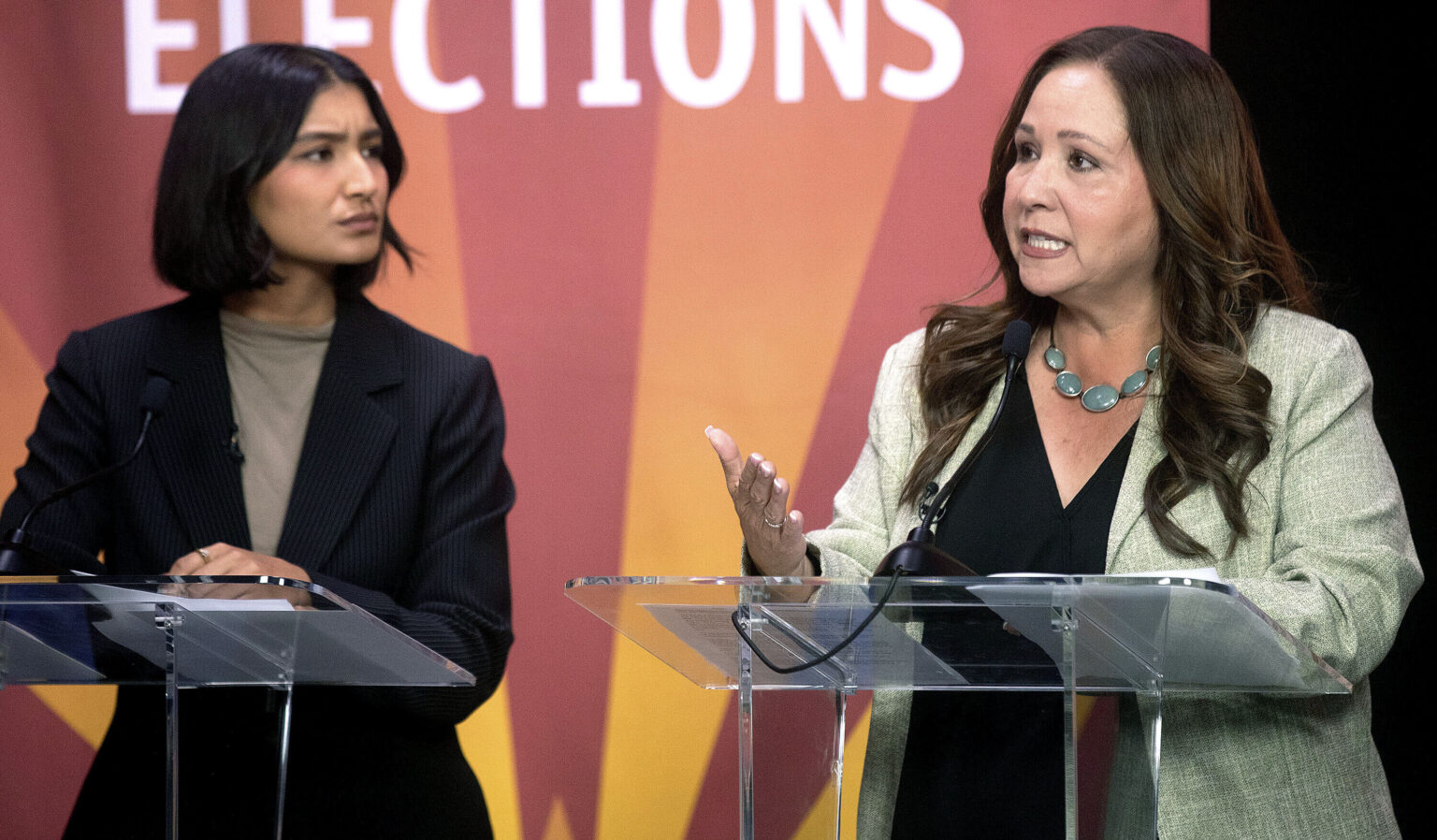Arizona Special Election: A Reflection of Democratic Shifts and Future Directions
The upcoming special election primary in Arizona, scheduled for Tuesday, serves as a significant indicator of ongoing divisions within the Democratic Party, highlighting debates over age, experience, core values, and strategies for achieving greater electoral success nationwide. This contest arises following the death of Representative Raúl Grijalva (D-Arizona), a longstanding figure in Congress, and offers a glimpse into the evolving landscape of Democratic politics.
Understanding the Contenders and the Political Landscape
Leading Candidate: Adelita Grijalva
At the forefront of the race is Adelita Grijalva, the daughter of the late Congressman. She previously served on the Pima County governing board and enjoys widespread support from local and national Democratic figures. Endorsed by both of Arizona’s Democratic senators, as well as prominent progressives like Senator Bernie Sanders and Representative Alexandria Ocasio-Cortez, her campaign benefits from a robust network of organizational backing, including Emily’s List and the Working Families Party. Her familial legacy and her reputation as a dedicated progressive make her a formidable candidate, especially in a low-turnout special election typical of off-cycle races.
Emerging Challengers and Their Campaigns
Deja Foxx, a 25-year-old activist and content creator, has gained unexpected momentum, leveraging her substantial social media following to boost her campaign. Her bid represents a push for generational change, positioning her as a disruptive force within the Democratic ranks. Foxx aims to be the first Generation Z woman in Congress, emphasizing her commitment to challenging traditional Democratic leadership and engaging voters who feel disconnected from established politics. Despite limited endorsements-most notably from former DNC vice chair David Hogg-her rising profile has sparked curiosity about whether her grassroots appeal can translate into electoral success.
Meanwhile, Daniel Hernandez, aged 35, a former state legislator, has also entered the fray. Known nationally for his heroism in saving Congresswoman Gabrielle Giffords’ life during the 2011 shooting, Hernandez has positioned himself as a moderate alternative. His campaign has outpaced both Grijalva and Foxx in fundraising, and he has garnered support from several state legislators and some members of Congress, including Rep. Ritchie Torres (D-New York). Hernandez’s platform emphasizes pragmatic policies and a centrist approach, aiming to attract independent voters wary of more progressive candidates.
Comparing the Arizona Race to the New York City Mayoral Contest
While parallels are often drawn between this Arizona race and the recent New York City mayoral election, notable differences exist. The New York race featured Andrew Cuomo, a former governor with a controversial legacy, and employed ranked-choice voting among eleven candidates. In contrast, Arizona’s contest involves only three main contenders and a traditional voting system. Cuomo’s scandal-ridden departure and the presence of a more established political figure contrast sharply with Grijalva’s clean record and progressive alignment, making the Arizona race less susceptible to anti-establishment narratives.
Additionally, the dynamics of voter support differ. The New York race’s complexity allowed for vote-splitting among multiple candidates, whereas Arizona’s smaller field could consolidate support more easily. The question remains whether Foxx and Grijalva might divide the progressive vote, giving Hernandez an opening to appeal to centrist and moderate Democrats.
The Significance of the Election in Broader Democratic Strategy
This primary is more than a local contest; it offers vital insights into the Democratic electorate’s mood ahead of the 2026 midterm elections. With Democrats holding key statewide offices but facing a Republican-controlled legislature and a voter registration advantage for the GOP, understanding voter preferences is crucial. Political strategist Tony Cani emphasizes that the outcome will reveal whether voters are seeking a return to traditional progressive policies, a fresh face with disruptive ideas, or a centrist approach to counterbalance Republican influence.
Recent trends suggest that the Democratic base may be craving new leadership, especially among younger voters and those disillusioned with the party’s current direction. Foxx’s rise, if reflected in the results, could indicate a desire for more youthful, innovative voices capable of energizing the party’s base and attracting new supporters. Stacy Pearson, a Democratic consultant, notes that the surge of a young female progressive signals a potential shift in voter preferences, possibly reflecting a broader dissatisfaction among the approximately 100,000 Democrats who have left the party in recent years.
Implications for Future Democratic Campaigns
The Arizona special election serves as a microcosm of the evolving Democratic landscape. It underscores the tension between experienced, establishment figures and insurgent, youth-driven candidates. The outcome will influence how the party strategizes for upcoming elections, balancing the appeal of seasoned politicians against the momentum of fresh, disruptive voices. As Democrats analyze the results, they will consider whether to prioritize traditional progressive policies, embrace new faces like Foxx, or adopt a centrist stance to appeal to a broader electorate.
Ultimately, this race is a critical barometer of the Democratic Party’s future direction, reflecting the ongoing debate over how best to energize voters and secure victories in a competitive political environment. The results will not only shape Arizona’s political landscape but also offer valuable lessons for Democrats nationwide as they prepare for the battles ahead.

